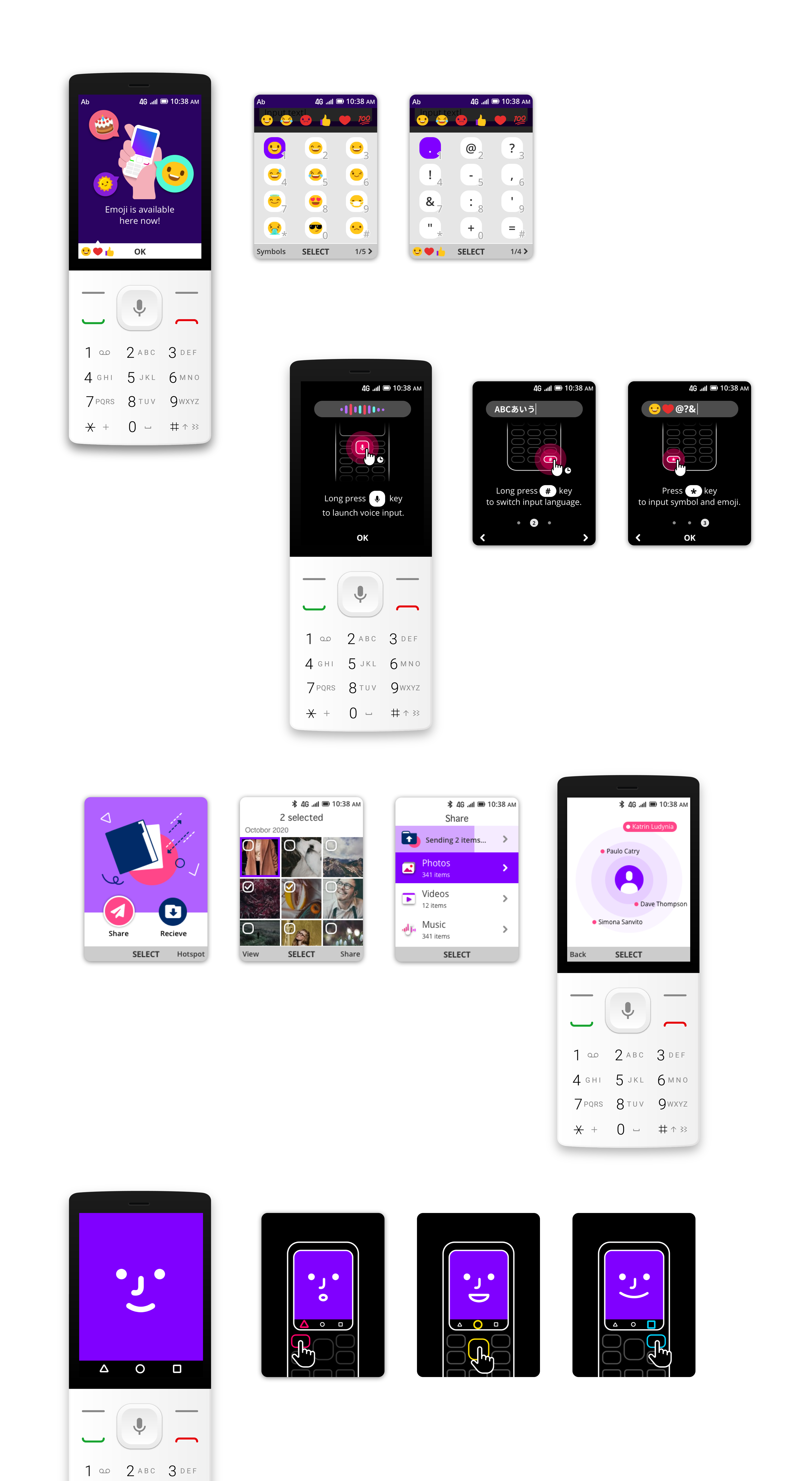Sector
Technology, Mobile Phone OS, Consumer
Objective
To understand the challenges faced by first-time users and illiterate individuals in Africa, in order to design a user experience that addresses their needs effectively.
Platform
Mobile, Website
Role
User research, user experience, user interface
Project Time
1.5 Months
What is smart feature phones?
Smart feature phones are a hybrid of feature phones and smartphones. The device looks like feature phones, but they have smartphone functionalities, including multimedia and internet capabilities. The mission of the product is to extend internet capabilities to everyone in the world even in emerging countries.
The Challenge
Limited Phone Usage Experience
In emerging countries, a significant portion of the population lacks prior experience with using phones, presenting a barrier for users when navigating digital devices.
Low Literacy Rates
1. The literacy rate in these regions tends to be below the global average of approximately 90%. 2. Low literacy levels further exacerbate the challenge of navigating and utilizing mobile technology effectively.
Research
Persona
Conduct interviews with local users to gain insights into two distinct user types: first-time phone users and experienced users.
First-time Phone Users
Experienced Users
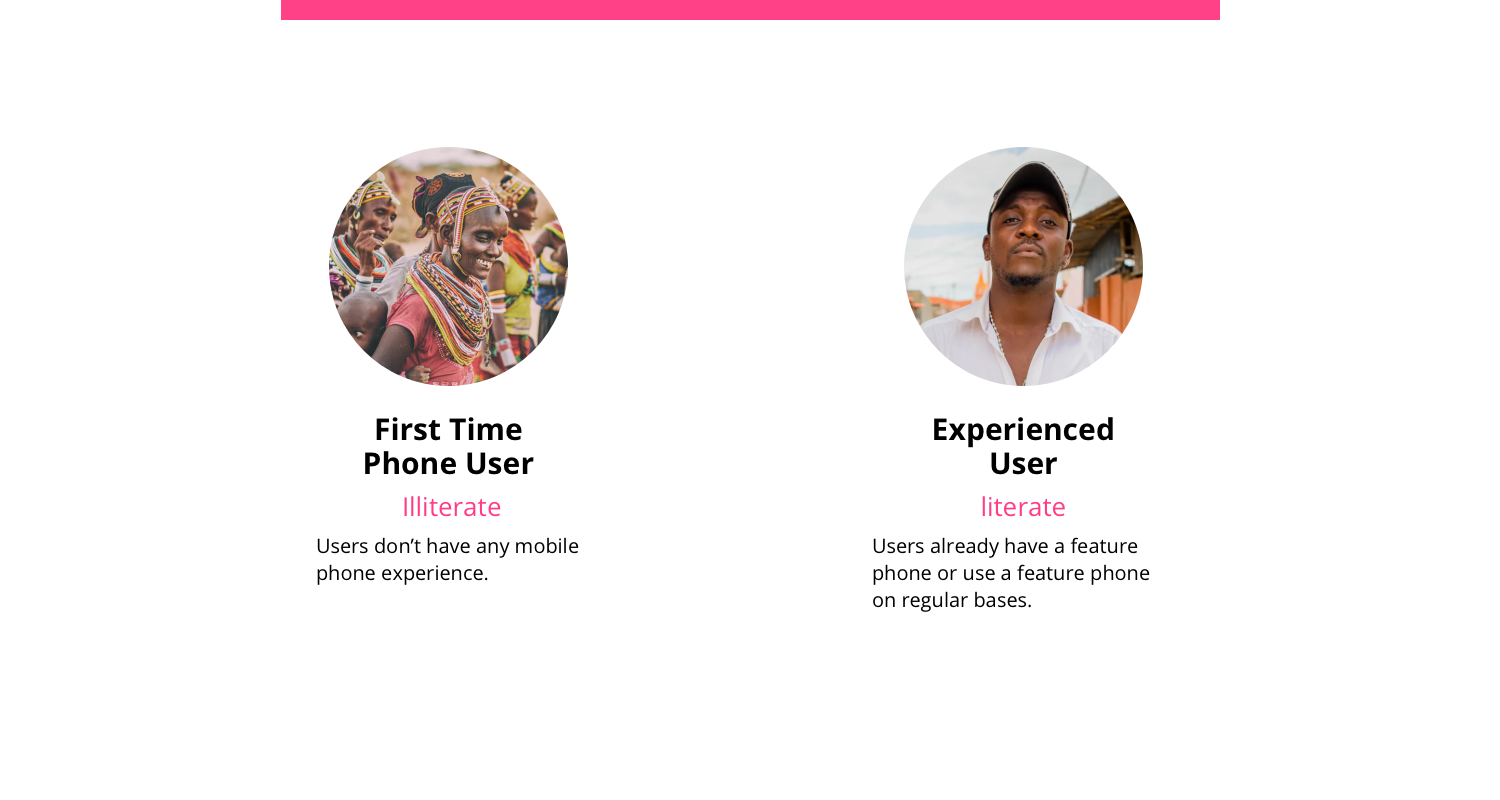
User Interview
Finding #1 Mapping Difficulty
Users struggle with mapping between physical keypad inputs and virtual functions, leading to usability challenges and frustration.

Finding #2 Unfamiliar UI Language
Some UI component language is not intuitive for users, causing confusion and hindering navigation efficiency.
Finding #3 App Download Complexity
Inexperienced users lack the understanding of downloading apps from OS stores. Their limited internet usage familiarity often leads them to rely only on familiar browsers like Google.
User Feedbacks
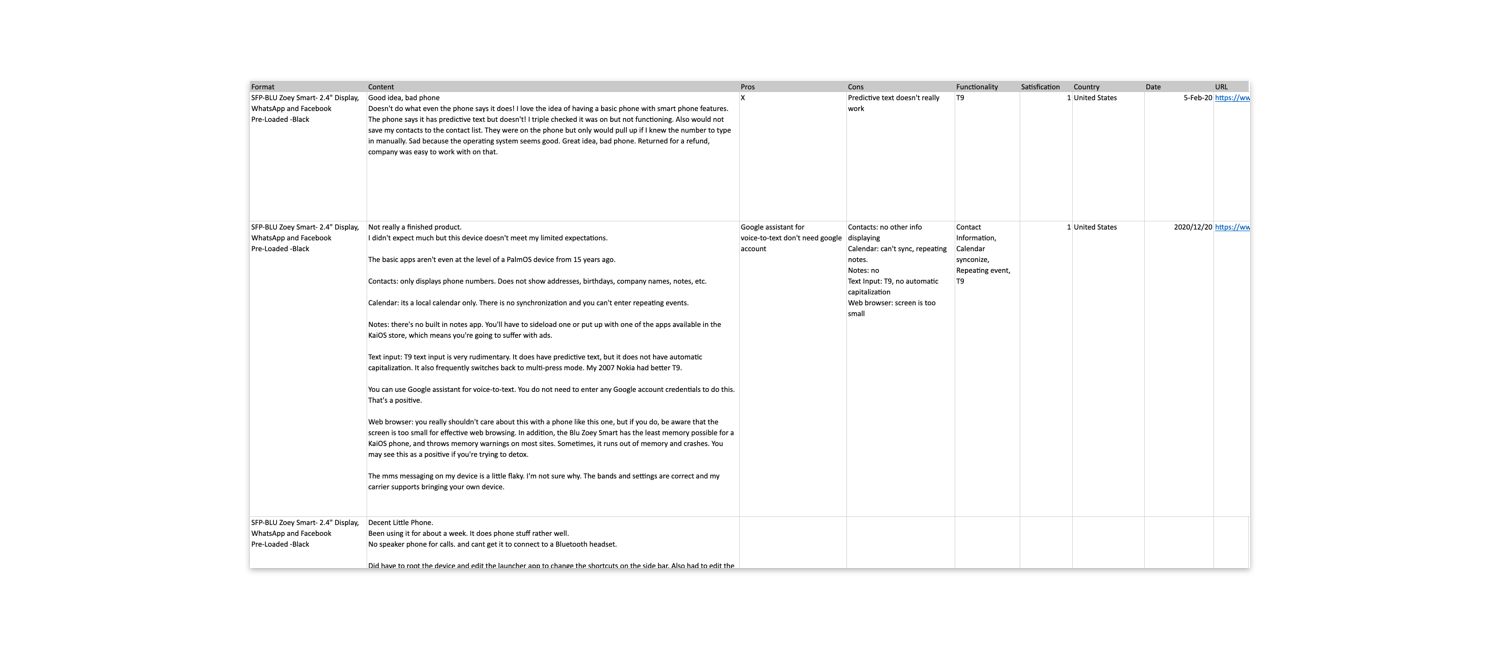
User Behavior Insights
Analyzing user behavior data reveals valuable insights into user preferences regarding app usage and peak activity times.
This data highlights when users are most engaged with certain functions and features, providing valuable guidance for optimizing user experience and enhancing app functionality.
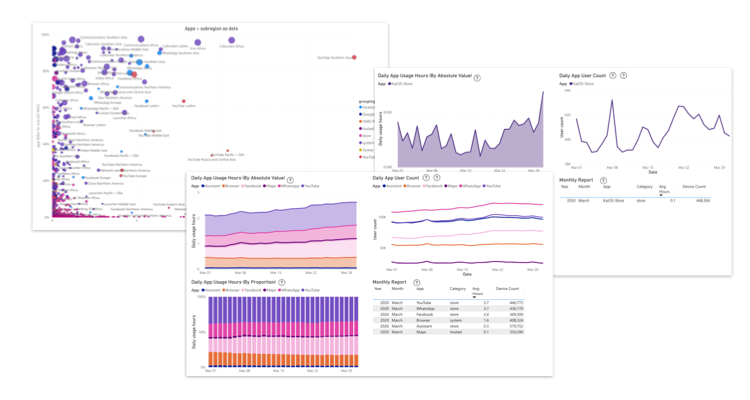
Ideation
User Experience Strategy
According the information above, one of the most effective approach for target user will be tutorial. It offers a structured approach to designing tutorials that cater to users' needs and preferences, ultimately enhancing their understanding of device behavior and functionality.
Pattern
Approach
Format
Also we applied this approach on some features based on statistic data we find and prioritize.
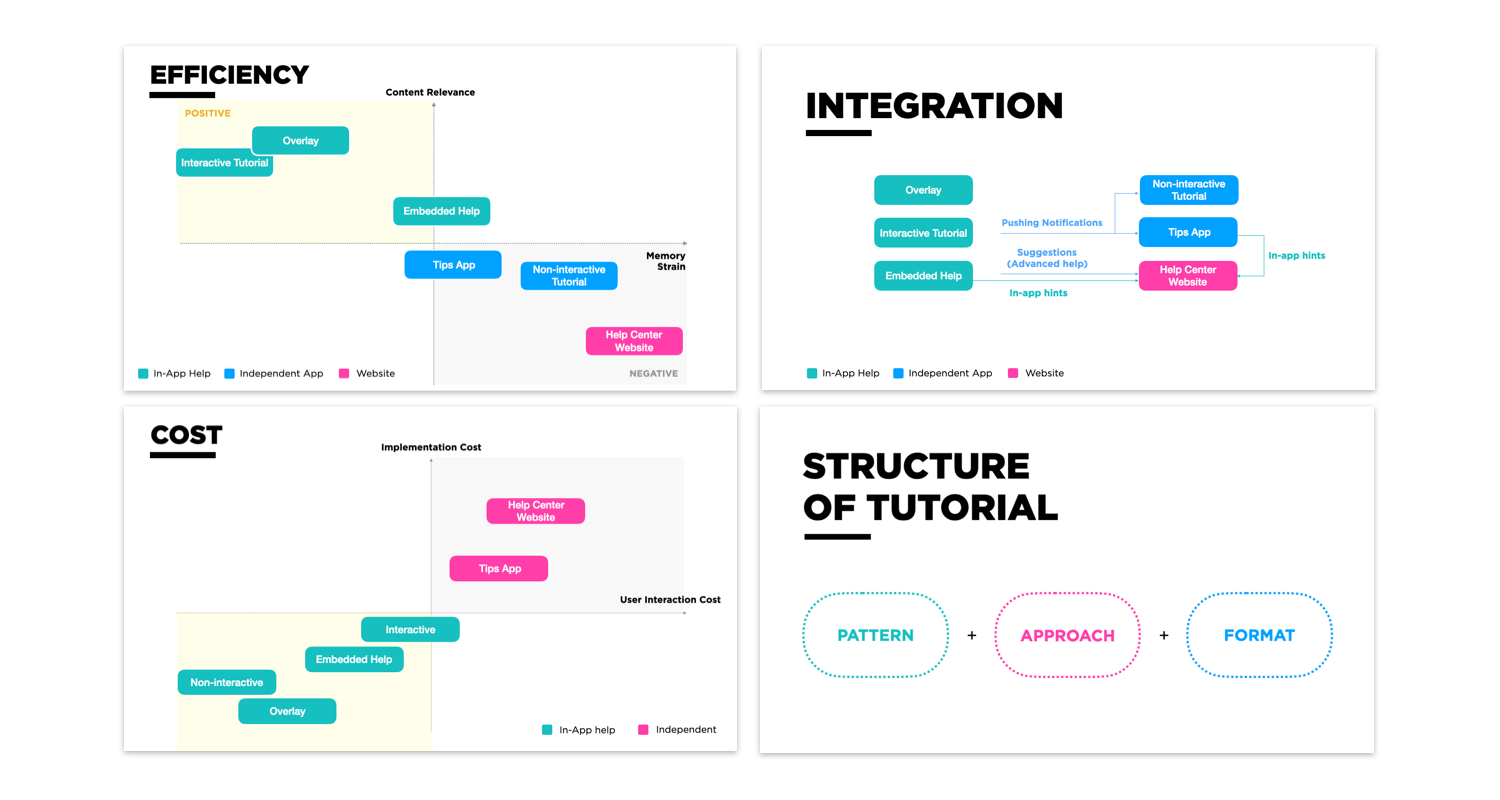
Tutorial Strategy

One of the most exhilarating aspects of the project was conducting user interviews with African users. Through these sessions, we gained invaluable insights by observing user interactions with the device. We discovered the specific areas and actions that proved most challenging for users. At times, users encountered obstacles that left them completely stuck in a scenario. However, we also witnessed instances where they ingeniously utilized methods we had never considered to solve the problem at hand. This dynamic interaction with users provided rich information of understanding, guiding our design and development process in unforeseen ways.
